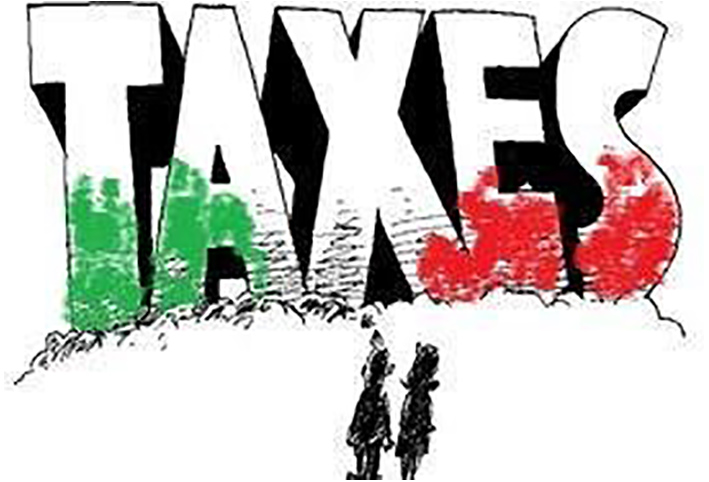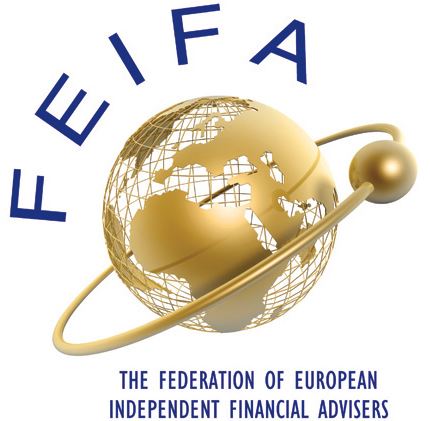This should be easy, shouldn’t it? Everything gets taxed at 26% – dividends, interest and capital gains. However, for anyone who has delved into the world of Italian fiscal matters, it should be obvious that the words “easy”, “taxation” and “Italy” do not belong in the same sentence.
Let’s try and examine how it all works
Basically you have two main choices: do you want to keep all of your financial assets in Italy, or will you keep some, or all, of your assets outside of Italy? While it is beyond the scope of this article to look at the solidity of the Italian economy and its financial system, you may well be reluctant, with some cause, to move all of your assets here. Maintaining assets abroad as an Italian resident can be fraught with difficulties, but careful planning can mitigate almost entirely the issues that arise. Read on for further details.
Basically you have two main choices: do you want to keep all of your financial assets in Italy, or will you keep some, or all, of your assets outside of Italy? While it is beyond the scope of this article to look at the solidity of the Italian economy and its financial system, you may well be reluctant, with some cause, to move all of your assets here. Maintaining assets abroad as an Italian resident can be fraught with difficulties, but careful planning can mitigate almost entirely the issues that arise. Read on for further details.
Assets held in Italy:
Let’s start by looking at the situation for those assets held in Italy (i.e. in an account at an Italian financial institution):
For directly-held, unmanaged investments at an Italian bank or financial intermediary, the 26% rate will apply to income flows (e.g. dividends and coupons) at the time they are received and to capital gains at the time they are realised. This system is known as regime amministrato and it is generally the default position that most people will find themselves in when they open an account in Italy, unless they opt for a discretionary asset management service (see below). Under this system, the bank or other intermediary involved makes withholding payments on the client’s behalf and no further tax is due.
You can opt out of this system and elect to make your own declarations and tax payments (regime dichiarativo), however this is likely to be a sensible option only for someone who has assets spread over a number of different banks, as it is the only way to off-set gains realised in one bank with losses realised in another. The cost of doing this is that you will have to take responsibility for the correct declaration of all your investment income, which is no easy task. It will necessitate a lot of work on your part, as well as the need to find a local tax accountant willing and able to handle this aspect of your tax return.
If you decide to use a financial adviser to help with the choice of your investments in the above context, it is worth noting that any explicit cost of the service will attract Italian VAT at 22% (and if you are not paying an explicit cost, then you should look closely at the assets you are being advised to purchase – expensive, commission-paying funds are still very much alive in the Italian market). It is not possible to deduct the advise cost from your gross results before taxation is withheld.
The weird world of fund taxation:
One of the more perverse aspects of financial income taxation in Italy is the treatment of fund investments (basically any collective investment scheme, including ETFs). These will produce what is known as reddito di capitale when they generate dividends or are sold at a profit, but a reddito diverso when sold at a loss. What this means in practical terms is that in a portfolio containing only funds, you cannot off-set losses against gains. If you do accumulate losses through selling losing investments, you will need to generate gains that can be classified as redditi diversi in order to off-set the losses. This will likely involve investments in individual stocks and bonds, which may lead to an odd portfolio construction driven by tax considerations – generally not a good basis upon which to choose one’s investments.
Let’s turn now to directly-held, managed investments held with an Italian institution. In this case, taxation of 26% will be levied annually on any positive variation in the overall account value, with no distinction being made between the various sources of the income (this is known as the regime gestito). If the account suffers an overall decrease in value in the course of a given year, this loss can be carried forward and off-set against gains recorded over the following four years. Whilst this is a relatively simple arrangement from a tax perspective, it remains inefficient in the sense that it taxes you on unrealised returns (although at least the return is taxed net of fees).
It is worth noting that the asset management fees charged on this type of service attract Italian VAT at 22%, so an agreed cost of 1% per annum becomes a 1.22% cost for the client. Italian institutions will also generally favour investments in their “in house” managed funds, even when better (and cheaper) investments are available.
Assets held outside of Italy:
There is nothing to prevent you from holding assets outside of Italy, but you do need to go into such a situation with your eyes open. You will find yourself essentially in the same situation as the person who opts for the regime dichiarativo which I described above, together with the added aggravation of having to comply with the foreign asset declaration requirements (Quadro RW), which mean that you have to declare not only the income you derive from your financial assets, but also their value and any changes in their composition from year to year. If you’d like to have an idea of the complexity of making these declarations, get in touch with me and I will send you the instruction booklet for the 2020 Italian tax return (Fascicolo 2, the section which deals mostly with financial income and asset declarations, runs to 62 pages this year, and no, it is not available in English). You cannot opt to have a foreign, directly-held, discretionary managed account taxed as per the regime gestito above, because this is only possible for accounts held with Italian financial institutions. This means that any account will have to be broken down into its constituent elements and the tax calculated appropriately. Please also note that accounts which enjoy preferential tax treatment in a foreign jurisdiction will generally not carry any such benefits for an Italian resident.
Italian-compliant tax wrappers:
There is a solution which allows you to maintain foreign assets whilst removing 99% of the hassle described above. This involves using an Italian-compliant life insurance wrapper, issued from an EU jurisdiction. There are a number of other important benefits that accrue to this type of solution for an Italian resident, the two main ones being deferral of taxation until withdrawals are made (or death benefits paid) and total exemption from Italian inheritance taxes. I am reluctant to present comparative numbers in an article of this sort, but it should be clear that if the investments and costs are the same under the various scenarios examined, tax deferral will lead to a higher final investment value, and so should always be the preferred solution.

My goal with this article hasn’t been to make your head spin (although I can understand that this might have been its effect), but instead to make it clear that even apparently simple rules can hide a web of complexity which will ultimately lead to an inefficient outcome for the unwary investor. My goal is to cut through the complexity and make your life as simple as possible, whilst giving you access to quality underlying investments. Yes, it can be done, even in Italy.
